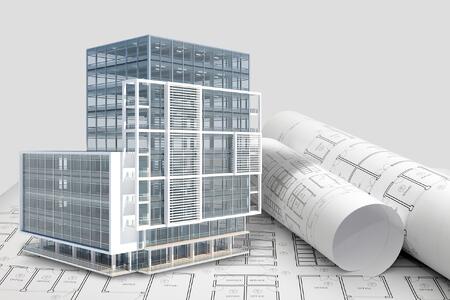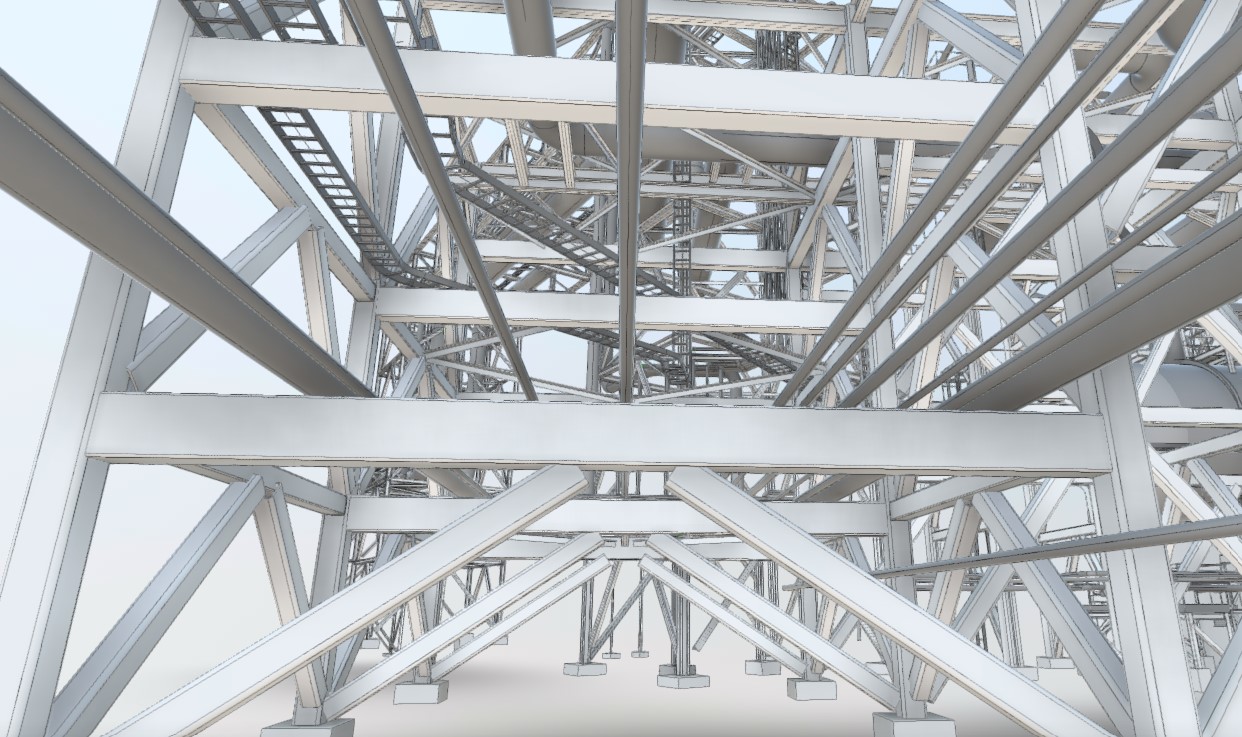3D Modeling +BIM

3D Modeling + BIM
CG modeling for Augmented Reality is the present and future of e-commerce. It improves the viewing experience, allowing customers to see the product in detail and try it in any environment. In fact, it blurs the line between brick-and-mortar and online shops! So major product companies, as well as e-commerce platforms like Amazon and Shopify, are adopting the Augmented Reality. As a result, they attract more clients, boost visitor-to-client conversion, and reduce return rates. The key to success is high-quality 3D modeling.
BIM enables various building partners and stakeholders in infrastructure projects to collaborate better with digital building/construction/infrastructure models.
Using different applications, technologies, workflows, and processes in a managed, optimized and predefined way in a project where BIM is utilized, a digital 3D building model (BIM as ‘the model’) is available for all partners. It is a virtual representation of the construction, linking geometry and information.
The parties working with such a model are traditionally companies/professionals who are active in the AEC industry: architecture, engineering, and construction. The various partners from each of these three segments collaborate on delivering buildings and infrastructure for their clients. Traditionally they did so in a rather sequential way without too many modern data and information collaboration methods.
Collaboration by the various stakeholders across the life cycles of a facility (design and planning, construction, maintenance and utilization, renovation, and termination) in an information-intensive way is precisely one of the premises of BIM.
Since in BIM, all of them are invited (or mandated) to work with the same model and approach during the various steps and challenges of a project, you also get what we could call a single version of the truth. In other words: at all times, everyone disposes of and works with the last version of the interchangeable digital building models. Gone are the manual processes, the lack of collaboration possibilities, the unexpected delays and issues that pop up, the miscommunications, and much more.
Benefits of BIM are:
- Better 3D visualization of the entire project
- Easy collaboration between multiple teams and trades
- Simplified communication and understanding of design intention
- Reduced rework and revisions at every stage of the project
- More efficient site planning and scheduling
- More efficient hand-offs between steps in the construction stage
- Real-time cost visualization
- Simplified cost analysis
- Reduced energy consumption in the long run
- Better operational management of the building or structure after handover


CONTACT INFO
- Address: MIddle East Commercial Centre Office #40, FIfth Floor Madinat AL Umal, Al Khobar Kingdom of Saudi Arbia.
- E-mail: info@sintechs.com
